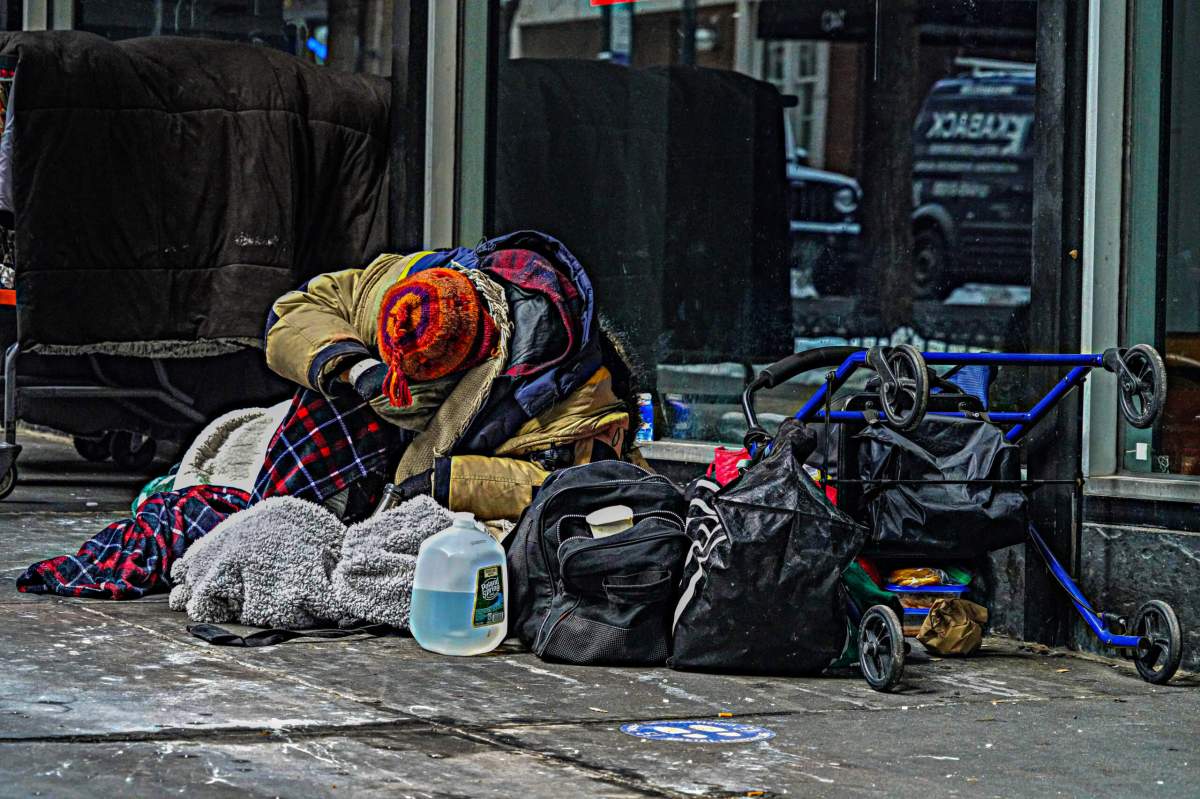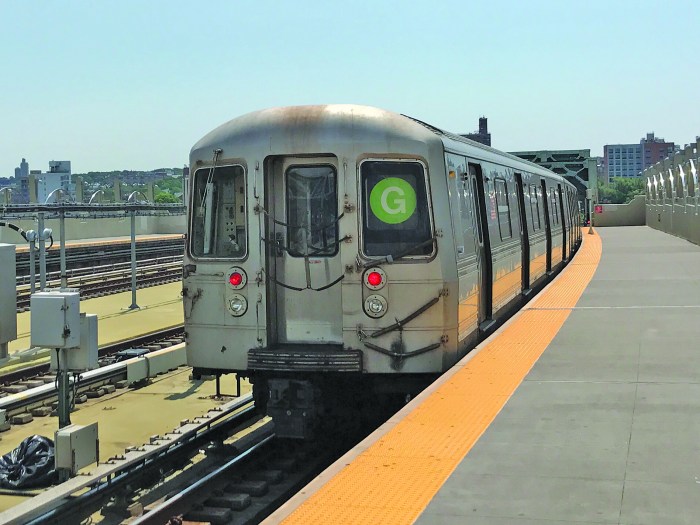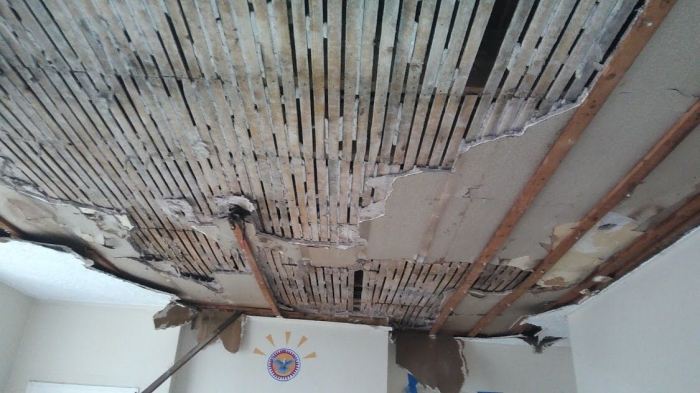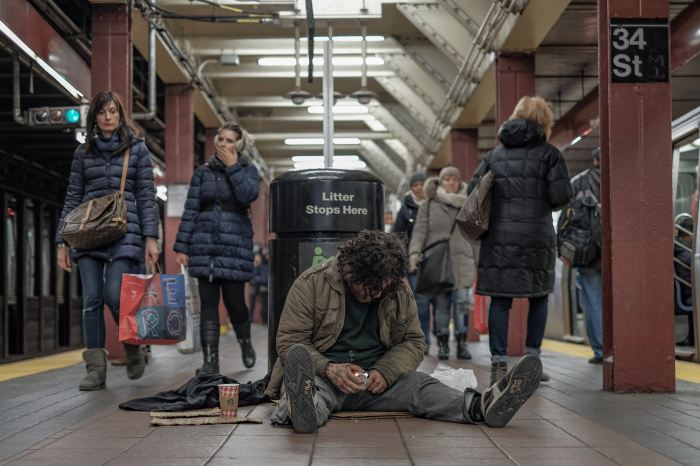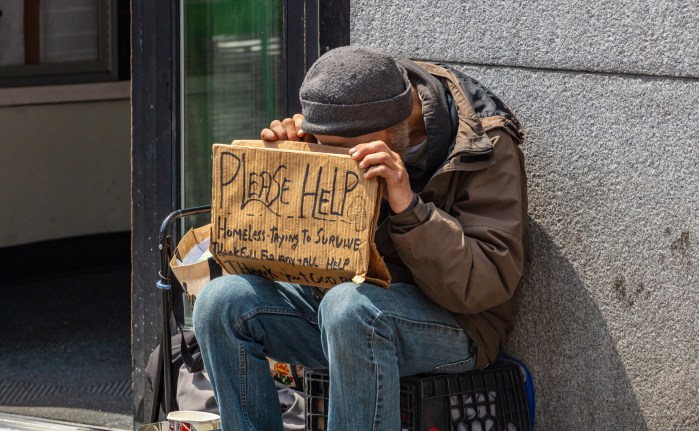By any measure, there was a growing crisis of homelessness in New York City even before the impacts of a global pandemic reached our shores a year ago. While the most dependable and trusted sources of public health guidance began imploring us all to stay home, frequently wash our hands, and other seemingly plain instruction, thousands who spend their days and nights on city streets and subway platforms did not have those options. They still don’t.
In those early months of COVID-19, nonprofit organizations worked to scale up longstanding programs serving their unhoused neighbors to meet increased need and rising demand. This was done in ways that kept the people being served and those providing service safe from the risks of exposure. Local leaders within these organizations drew on their creativity, experience, and community partnerships to develop new methods of delivering millions of meals through food pantries and soup kitchens. They still are.
When free and publicly available bathrooms and showers shuttered across New York City, it required an international humanitarian organization with experience gained in conflict zones and refugee camps around the world to bring hygiene services to the Harlem and Hell’s Kitchen communities. With a shower trailer, portable sinks, hygiene products, staff and volunteers, hundreds of people surviving on the street were given access to a shower, hand washing, a shave, and a bit of dignity restored.
As the winter months began, it became clear that thousands still unsheltered lacked opportunities to simply warm their bodies, avoiding frostbite, hypothermia, even death. In any other winter, a network of houses of worship provides space, cots, and volunteers for overnight shelter. During the day, drop-in centers at full capacity, indoor soup kitchens, even time purchased through a cup of coffee at a fast-food restaurant are available. The subway system with its open benches becomes a place of refuge from the threat of weather even if other threats still exist.
Poverty is a slow-moving disaster, and homelessness one of its starkest consequences. It is not a storm that can change the life of a family overnight or even a wildfire that can devastate communities over a matter of weeks. It is a disaster of decades with its causes deeply rooted in the same racial inequities this pandemic made so visible.
When a wildfire, tornado, or hurricane plunge a community into crisis, a response is mounted to meet the needs of impacted communities. For years after the acute disaster, organizations backed by government, philanthropic, and private donor funding provide support to help survivors recover. Between disasters, hard work continues around preparedness and mitigation against the next crisis.
As we enter our second year of living with COVID-19, hopeful that vaccination efforts will turn us toward the solution to a public health crisis, we must be prepared to address this slow-moving disaster with the same urgency we would a major earthquake. As eviction moratoriums lift and new government benefits subside, we must be prepared for years of aftershocks compounding the homelessness crisis that existed before the outbreak of a novel coronavirus.
Long-term economic recovery will require a whole-community approach, more like historic efforts that followed the Great Depression than those after the touch down of a tornado. Homelessness cannot be left to a government agency, service organization, or advocacy group that knows the names of people on the street. Tackling it requires all sectors working together.
All people affected by disaster, regardless of speed or cause, have the right to receive assistance to ensure the basic conditions for a life with dignity. Providing that assistance requires partnership and sustained urgent action among nonprofit organizations, government agencies, corporations, donors, dedicated staff and volunteers, community members, and the very people they all hope to serve. In this way, a holistic path toward stability is possible for people surviving daily without the housing they so desperately need and deserve. Only then can we claim recovery for all of us.
Zack Hodgson is the Director of Emergency Services for The Salvation Army Greater New York Division. He is responsible for overseeing all emergency preparedness, response, recovery and mitigation efforts for the organization on Long Island, New York City, and the Lower Hudson Valley including its COVID-19 relief work.



